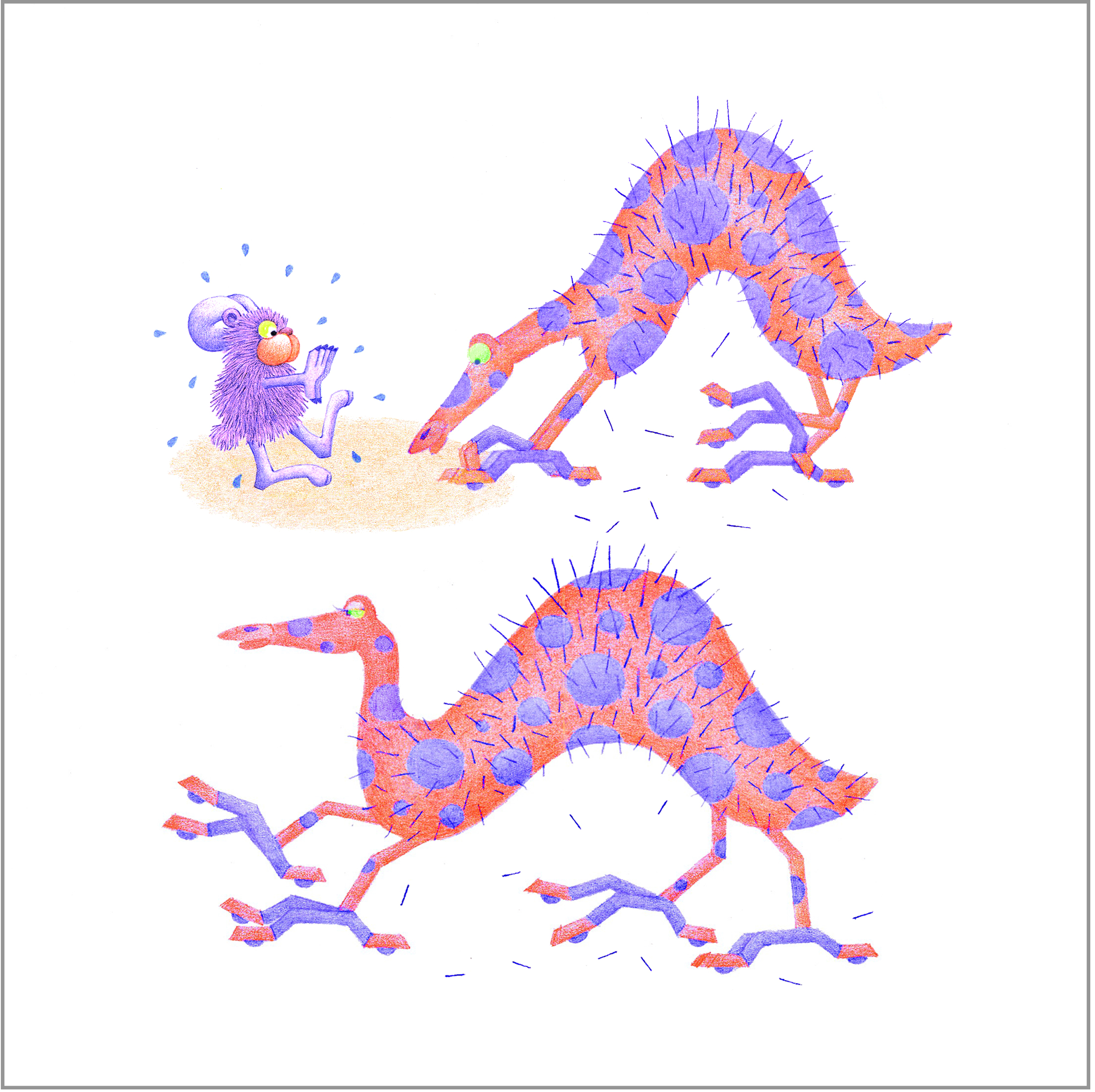TRAP DOOR 1

About my painting class, I wrote later:
“I remember only dimly the quality of anguish I felt as I drove off to my first class—and every one after that—a stomach-churning anxiety; I had to muster every ounce of determination I had simply to hold myself together. My teacher was dark, wiry, in his thirties, and I might have even found him attractive if the set of his mouth and chin hadn’t reminded me so much of a sleazy guy I’d met recently.
“For our first assignment we were directed to paint a monochromatic still life of a bleach bottle and some other mundane objects. I felt like a blind man who’d been abandoned in a city and left to find his own way around. I didn’t even know how to hold the brush. The teacher sketched out a composition for me, basking in my mute admiration, and showed me how to stand back to do the strokes, Actually, I felt so paralyzed with bewilderment, I let him paint most of the picture for me.
“At the next class I was frantic and angry at my own helplessness and fear—I felt I’d be humiliated if the same thing were to happen again. So I dashed out a picture with a vengeance, as though I were slashing my way out of nets of inhibition that ensnared me. It’s true that he needed to stop me—I might have gone on to ruin my painting—but as it stood, it was a success, although I didn’t know this until the ‘crit’ (critique). I thought it was a failure because it was a circumvention of the reality I couldn’t paint—light and shadow, three-dimensionality. But my classmates and teacher saw it as a unique vision—although flat, more colorful and lyrical than life. ‘Where did you get a technique like that?’ the teacher asked about my brush strokes. ‘Use it to death.’
“Our next assignment we had longer to work on. I was attending class three times a week, toting the canvases I’d learned to build and a cake pan full of acrylics, and wearing a huge doctor’s coat for a smock, trying to look cool and savoir-faire, but I was scared stiff the whole time. I painted a magical glade I’d photographed alongside the road to Cuenca in Spain. Again the teacher had to stop me before I painted out the best part of my picture, suggesting I use the airy technique in the upper corner throughout.
“This picture, also, was a success. At the crit he described it as having ‘delightful’ parts. In the meantime, however, I’d begun to notice his flagrant favoritism towards his two pets—both men. I would hear him, bent head-to-head with them, giving them pep talks about their gift and mission, etc. He set up a competitive spirit in the class that I didn’t like, and eventually we locked horns. He insisted that I come to all the critiques—I’d made up my mind not to because I found them so gut-wrenching. He chewed out people who hadn’t managed to produce a finished painting and expected us to analyze each other’s work, which I felt totally unequipped to do. He got angry at me when I tried to explain that I wanted to learn something about painting for my own edification—I didn’t care about getting the credits—and hoped to go about it the least stressful way possible. In the end I capitulated and attended the critiques, not wanting to antagonize him further.